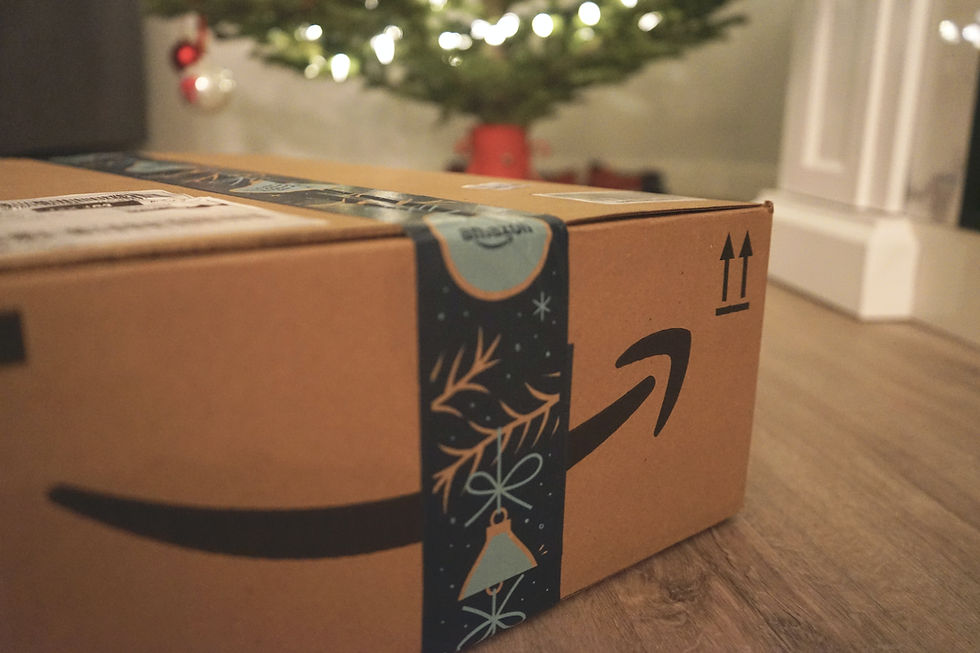New York City Restaurant Inspections
- Suphanet Kotchum
- Apr 28, 2021
- 4 min read
The Department of Health and Mental Hygiene (DOHMH) inspects approximately 40,000 New York City’s restaurants at least once per year. Violations of food safety rules carry point values, and affecting the restaurant’s score. The lower the score is the better the grade. Moreover, if the situation is critical for restaurants, they have to shut down. It has been known that many restaurants in the city have closed down due to the inefficiency in maintaining quality control.

Why do the government need to step in to help restaurants survive? Each year, there will be thousands of new restaurant start the business, and thousands of restaurants that closed because they did not pass the inspections. As the industry hits hard by the economy downturn, the government needs to help these businesses survive during the difficult times. Therefore, the number of restaurants that does not pass the quality control has to be reduced significantly. To help the business pass the inspections, the government needs to find ways to improve the restaurants’ standards. An in-depth analysis into this problem by using analytics tools could help the DOHMH understand the main issues most restaurants are experiencing. 1. Many businesses are closing down, and millions of employees lost their job. The government needs to take action to save the economy and lives. The DOHMH can help those businesses by promoting intensive strategies to help them pass the quality control. 2. Intensive trainings to help restaurants tackling foodborne illness to improve health of New Yorkers.
Comparing costs and benefits : We need effort from a team with deep experience in public health and food inspection. In this analysis, the cost of tackling these problems is around $ 2 millions. By helping restaurants stay operate and generate income, we assume that they hire at least five employees per day with the minimum pay of $15 per hour (Department of Labor 2020) for eight hours. Therefore, employees’ wage is around $3 millions per day or $90 millions per month. These employees will pay individual income taxes to government and expenses to businesses, which in turn will pay corporate taxes.
Assessments: We will track the normal rate of restaurants that do not meet the requirements. The KPI will be after providing extensive assistants to restaurants. The KPIs tools will track the DOHMH’s updated database to measure the improvement of the passing safety food rules rate, also the improvement of restaurants with violations code that improve their rating score.
The costs are minimal considering the cost of thousands of restaurants are going out of business, job lost, loss of lives, and health. We measure our success by how much is the economy improving and how many lives we are helping. This approach will help restaurants stay operate and boost revenues.
The Interactive Application of The Foodborne Illness Codes
This interactive application is to portray the foodborne illness codes from restaurants that operate in New York City. The interactive application can be filtered broken down into different cuisine while showing the top five foodborne illness codes and the density of foodborne illness codes in different boroughs of Manhattan. By understanding the concentration of codes in different boroughs, the government can take action by focusing on where to provide intensive procedure first. Moreover, it is important to add some information of how to improve food safety from trusted source for restaurant audiences as easy tips to keep up with the standards during the pandemic.
The interactive application process shows the steps in collaborating information to understand what need to be done and additional tips for food safety. The steps are broken down as:
-The interactive application started from the brief of the top 20 cuisines with Foodborne Violation Codes in NYC ranking from the restaurants with the highest codes to the least codes. This can also be interpreted that restaurants that have more violation codes because there are more restaurants compare to its counterpart. The link to original data source can be found from the NYC icon on the top left.

- The second dashboard refers to the top violation codes and the percentage of foodborne illness concentration in each borough for each cuisine with the clickable filter for cuisine description options.

From the map for American cuisine, it shows that the top three most violation codes are located in three boroughs that are Manhattan, Brooklyn, and Queens. These boroughs contain roughly 90% of violated codes occur in American restaurants that can cause health issues.

However, the most congested violation codes for Chinese cuisines are located in Queens, Brooklyn, and Manhattan respectively. This three boroughs account for around 90% of all violation codes for Chinese cuisines that can cause foodborne illness.
- The third dashboard contains the information of top six foodborne codes in New York City.

-The fourth dashboard contains information of areas that need immediate assistant as they contain the highest number of codes and restaurants.

-Lastly, the dashboard provides a clickable article about how to improve food safety in 2020. This dashboard also includes the USDA link source to the definition of food safety by USDA from the USDA icon on the top left of the dashboard. The government can provide this dashboard to restaurant people as additional understandings of how important to keep the food safe and tips that can be easily follow

Improve Food Quality?
The overall of this interactive application is to assist the government to understand the most common food risks and the risky areas that need help first while providing some insights for restaurant people on food safety and tips that they could easily do to improve and keep up with the food safety rules standards.
References:



Comentários